Hurricane Preparedness for Boat Owners
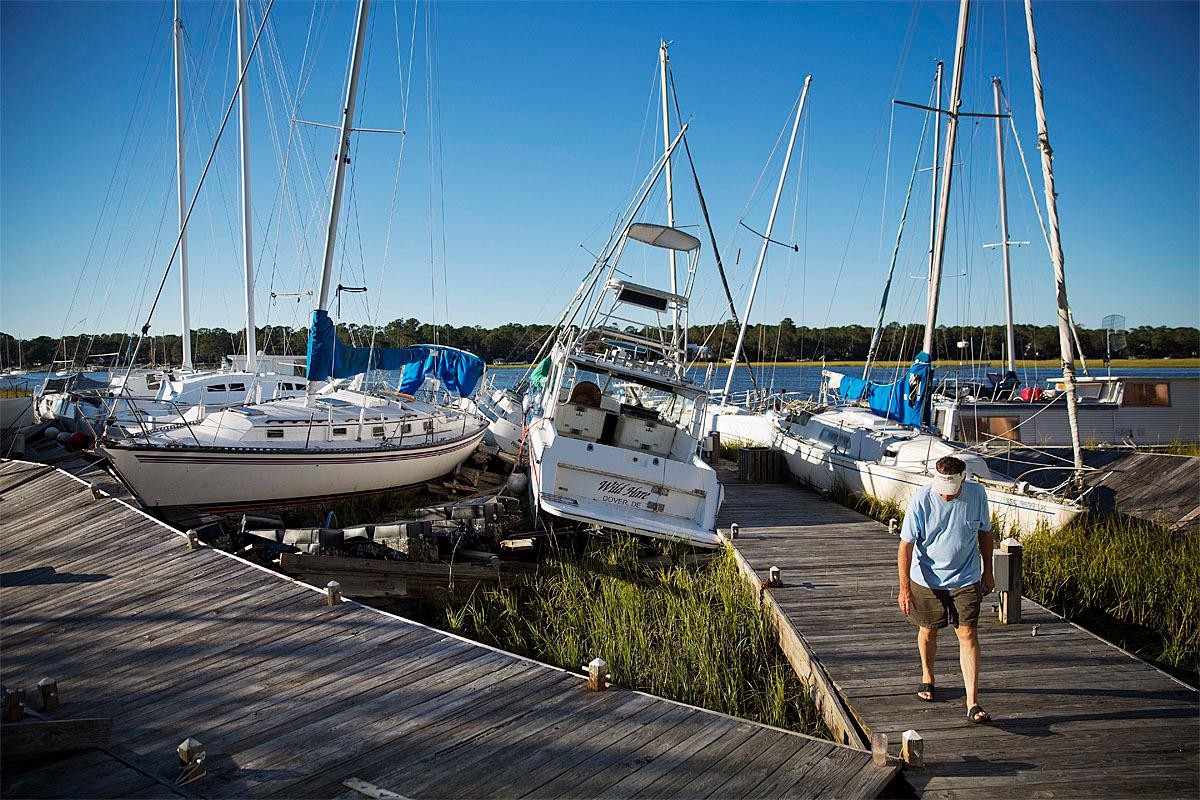
The key to protecting your boat from hurricanes or any threatening severe weather is planning, preparation and timely action. The time to start executing your “Hurricane Protection” is right now — don’t wait for the wolf to come to knocking on your door, because then it is too late.
5 Steps to Follow
1. Insurance. When you insure your boat, read the fine print about hurricane coverage. If it seems inadequate, search for other providers.
2. Have a Plan. Prior to the hurricane season, develop a detailed plan of action to secure your vessel. Many insurance companies require it. Permission should be obtained from appropriate persons to store your boat on the hard, on a safe mooring or in some other location. In some cases, this may mean that you will have to pay a fee in advance to be assured a place in time of need. A written contract for such a proper location is a good idea.
On the Hard. The best plan is to find a place on dry land for your boat. Arrange for it before the hurricane season starts.
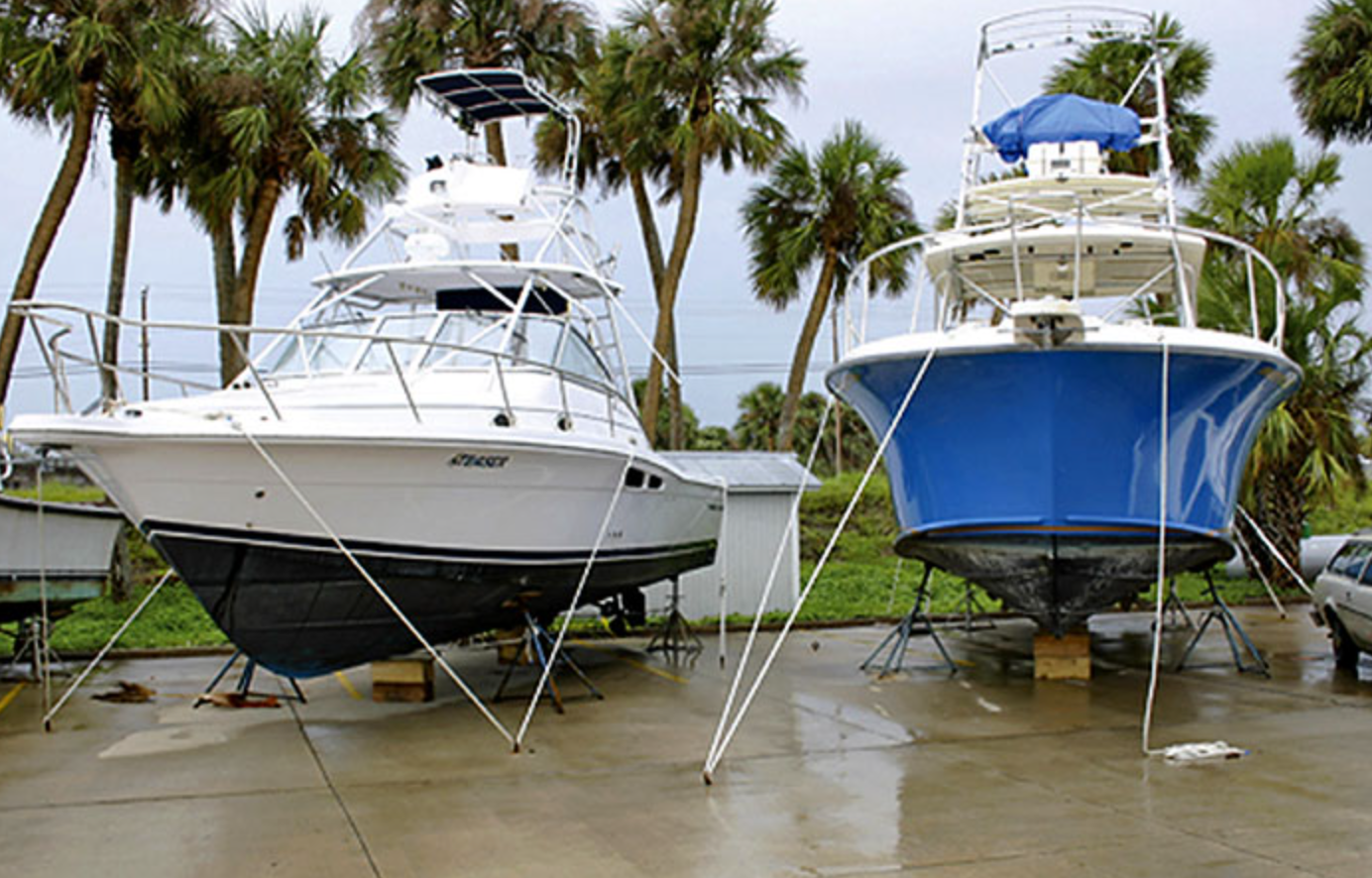
Dry Storage. If your boat is in dry storage, the owner should be able to tell you what wind strength the facility can sustain. Most new facilities are built to withstand 150-185 mph winds. Older, cheaper facilities may not be able to withstand hurricane-force winds. It is best to get something in writing.
Hurricane Barrier. Is there a hurricane barrier near your location? If so, determine how to use it, when will it close and mooring arrangements inside. Your Port Captain or Harbor Master is your best friend. Explain to him/her why you are asking and ask if there are any printed directions available.
Permanent Private Mooring. Is a permanent mooring available near your location? Ask if a permanent mooring is available that you can use in case of an approaching hurricane. This should be in a protected location. Do not stay on the boat.
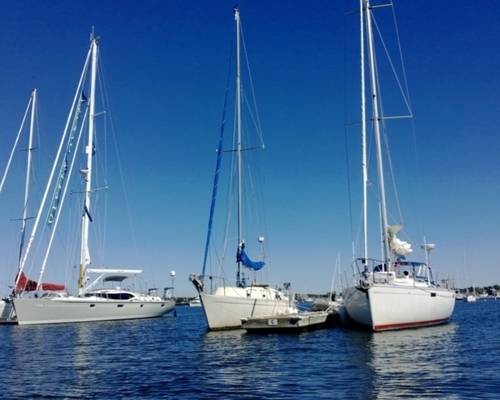
Permanent Federal Moorings. Essentially these are used for commercial traffic and are often used to tie up barges holding aggregate, coal or fuel and tug boats. Know where they are and check with your local authorities about when they can be used. They are supposed to be available to anyone in an emergency, but commercial vessels most likely have priority. Usually, these moorings are used on schedules. Again, the harbormaster is your best friend. The Waterway Guide has maps showing locations of federal moorings. The guides also show locations for protected anchorages, plus it has Information about which yards will haul you out.
Protected Anchorage. Is there a protected anchorage nearby? Remember, the wind will come from all directions, but from the east will likely be the first and the strongest. Minimize the fetch. Secure with the strongest anchor possible, inspect all ground tackle, have plenty of chain or all chain, use heavy-duty chafe gear. Our suggestion is that you get there early because the Johnnies-come-lately will get the worst spots. Do not raft up.
A Marina. This is the last place you will want to leave your boat, depending on the severity of the storm. Talk to your marina manager when you book your slip. Check your lease or rental agreement with the marina or storage facility. Know your responsibilities and liabilities as well as those of the marina or storage area. By contract, many marinas will require that you leave the marina in case of a named storm.
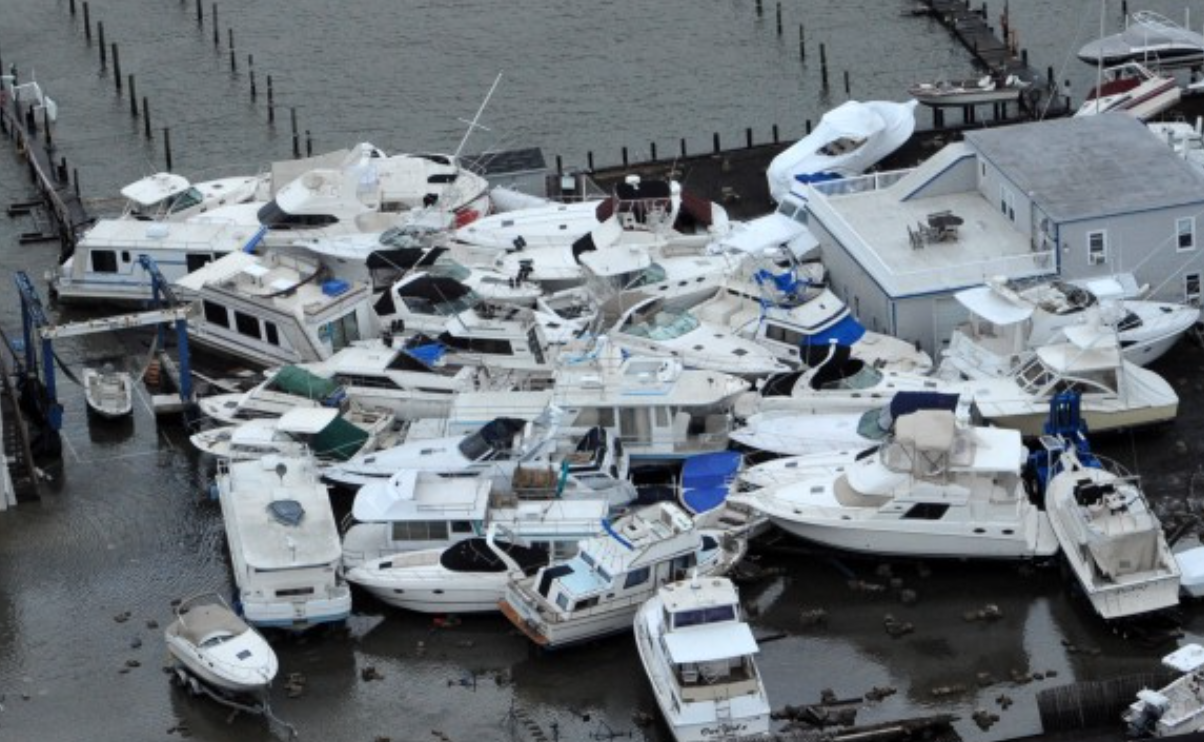
3. Dry-Run Your Plan. A practice run should be made to check accessibility, depth of water, bridges, location of aids and/or obstructions to navigation and locations to secure lines or drop anchors. Drawbridges will not open for boats during evacuation procedures. Make sure that there is enough water at extreme low tide, as well as for storm surges that can be significant. Make a list of all valuable equipment you can take off the boat in case you must leave it.
Lash Down. Prepare a list in advance of all of the items on the boat that you must lash down. Things such as VHF antennas, sailboat booms tillers and the like. Remove everything possible that can be blown away from outside the boat, including canvass, tenders and the like. Likewise, take off any expensive equipment that is vulnerable to looting. Make sure your batteries are on, and sufficient for 8 hours of bilge-pump use. All circuits except the automatic bilge pump should be off. Do not stay on the boat.
Read How-To Articles. Every spring, virtually all marine publications write articles about how to secure a boat with lines and anchors. Read them.
Video. Record a video of the condition of your boat and all expensive equipment aboard. File this with your insurance carrier.
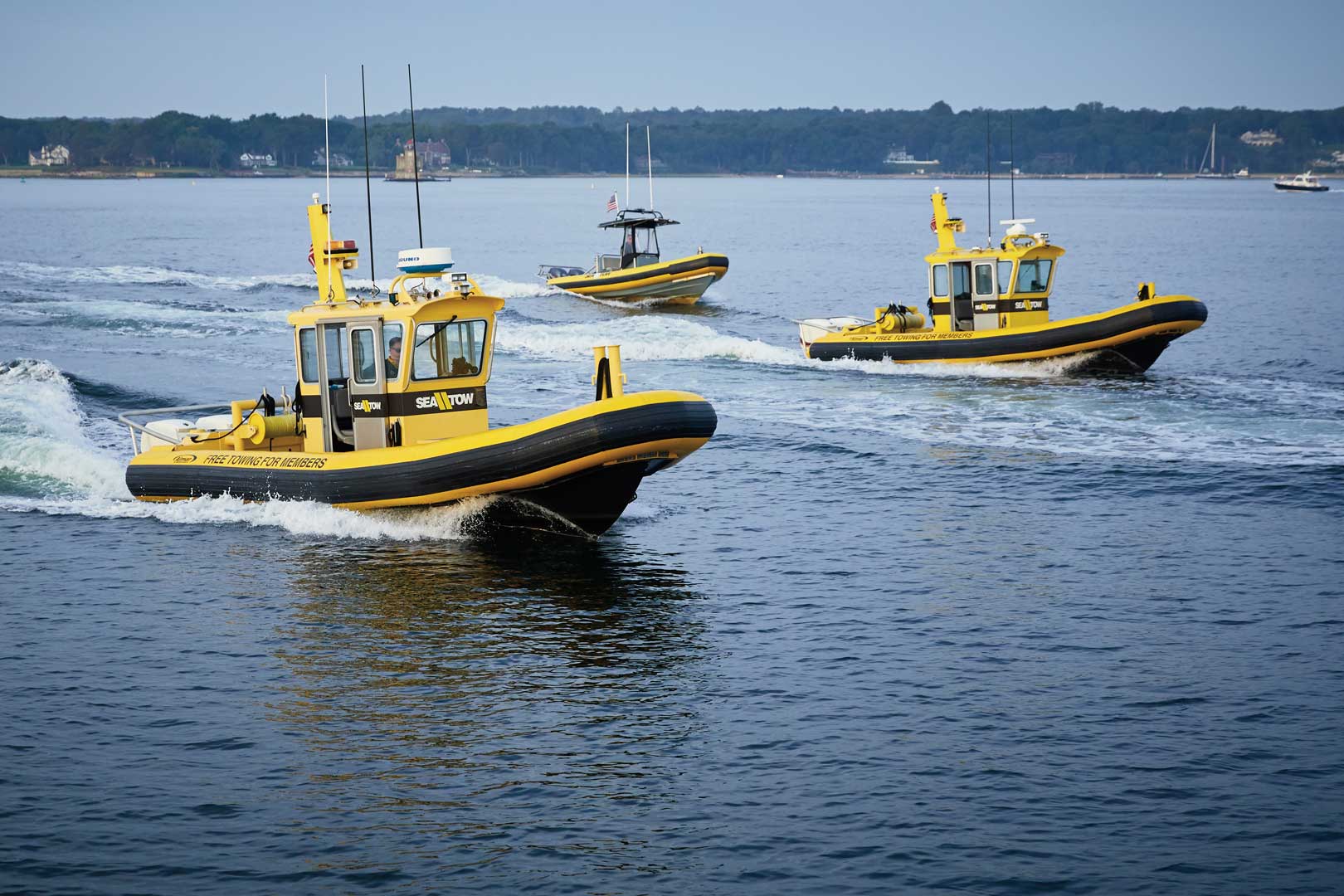
4. Join a Tow Service. Most tow services, such as those that are part of the Sea Tow or Boat/US programs are owned and run by local people. Join their service and get to know them. They are knowledgeable and should be able to help you with your planning.
5. When to Implement Your Plan. This is actually the hardest part of the process. We are all aware that news media often make approaching weather seem worse than it turns out to be. That is why you want to get your information unfiltered by commercial news outlets. Here are two suggestions.
With the best insurance, a written-out plan, a dry-run of that plan, a list of what to do in an emergency, a friend in the harbor and accurate weather information, you will be as ready as anyone to protect your boat in times of a named storm. Good luck. The BoatTEST Team